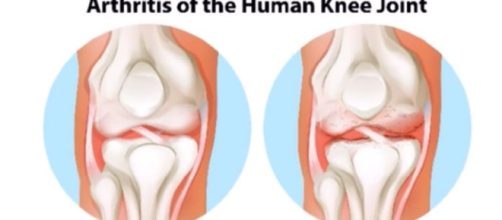Were you involved in a work-related or another type of accident? Are you or a loved one recovering from an orthopedic or some other form of injury? Do you suffer from significant acute or chronic pain as a result of your trauma? Maybe you have undergone extensive rehabilitation or surgical intervention, yet continue to experience mobility issues and intractable pain.
Do you have a life-threatening condition that has robbed you of your mobility and left you in agony? Perhaps you suffer from arthritis? Perhaps you are interested in exploring other remedies to alleviate your pain and suffering?
If so, Stem Cell Therapy could be a Treatment option for pain management, disease, and orthopedic injuries worth your consideration.
This article will provide an overview of this innovative and controversial course of treatment so that readers can understand the process and make an informed decision, along with their doctor or medical team, about whether stem cell therapy would be beneficial for them.
What is RIT?
To determine if stem cell therapy is a viable treatment option, it is crucial to know the facts and understand the purpose of this therapy. In short, according to Michigan Sports and Spine, it is a regenerative injection therapy (RIT) that focuses on managing chronic pain resulting from trauma or osteoarthritis.
This method employs factors that act as boosters or stimulants for the injured person to activate their own body's healing process, in an effort to facilitate the repair, replacement, reprogramming, and restoration of damaged or infirmed cells.
Hot topic issue
While it is intended to "kick-start" the body’s internal healing process to repair chronically diseased or injured tissues, this form of therapy is highly individualized and considered to be a controversial hot topic in all levels of government, as well as public forums. For some, it offers hope for relief from debilitating chronic pain and other forms of distress, as well as restoration of function that was long thought to be gone. For others, it may represent a moral or ethical challenge that stems from fear of the unknown and ill-informed.
Potential benefits of Stem Cell Therapy
One thing that is beyond debate is the evidence that continues to mount regarding the potential benefits of stem cell therapy or RIT. There are a variety of uses for this technique among injury patients and those who suffer from many different crippling afflictions or impairments. Some of the injuries that could benefit from RIT include the following:
- Various orthopedic issues (Injured or diseased ligaments, tendons, joints, rotator cuffs, meniscal tears, etc.)
- Spinal cord injuries
- Traumatic injury to muscle and nerve tissues throughout the body
- Foot and ankle issues (plantar fasciitis, bone spurs, foot, ankle, heel pain, etc.)
- Sports and work-related injuries
Moreover, this innovative method has shown great promise in the treatment of a myriad of debilitating illnesses and conditions, including:
- Conditions related to birth defects
- Arthritis
- Chronic pain disorders, such as fibromyalgia, CRPS/RSD, etc.
- Life-threatening and often progressive, fatal conditions, such as Lou Gehrig's Disease (ALS), Parkinson's disease, Alzheimer's disease, just to name a few.
Harnessing your inner power and hope for the future
To sum it up, the human body possesses an innate ability to heal itself.
However, when the body suffers from injuries or disease, many of the tissues can be severely damaged or destroyed, which will often deprive these regions of circulation and inhibit the healing process. Therefore, it is important to devise methods to stimulate these damaged areas so that you can harness your inner power and rejuvenate the body's natural healing process. Stem cell therapy or RIT is one of these innovative techniques that the medical community hopes will help repair the damage and restore a healing response in the bodies of injured and diseased patients.
If you are looking for new alternatives to treat your injuries or ailments, consult your physician, trainer, or medical team about the viability of stem cell therapy, especially in regards to pain management, disease, and orthopedic injuries.
Thanks to scientific and technological advancements, this treatment option is becoming more mainstream and accessible for many patients who can benefit from its acceptance among the medical community.


